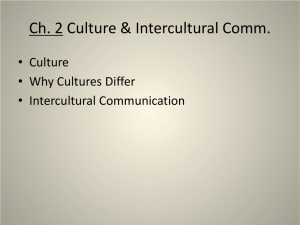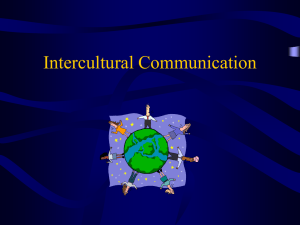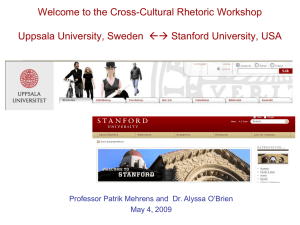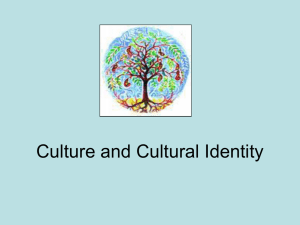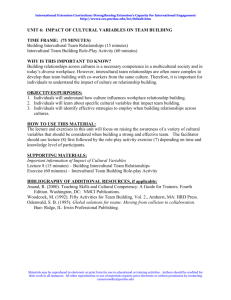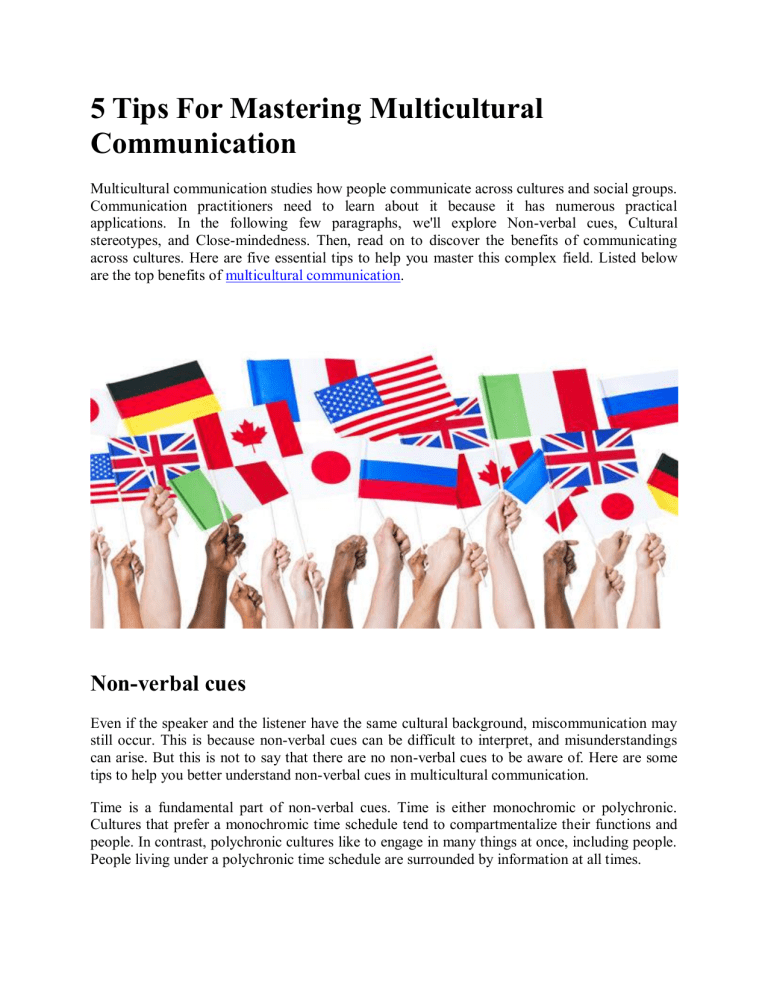
5 Tips For Mastering Multicultural Communication Multicultural communication studies how people communicate across cultures and social groups. Communication practitioners need to learn about it because it has numerous practical applications. In the following few paragraphs, we'll explore Non-verbal cues, Cultural stereotypes, and Close-mindedness. Then, read on to discover the benefits of communicating across cultures. Here are five essential tips to help you master this complex field. Listed below are the top benefits of multicultural communication. Non-verbal cues Even if the speaker and the listener have the same cultural background, miscommunication may still occur. This is because non-verbal cues can be difficult to interpret, and misunderstandings can arise. But this is not to say that there are no non-verbal cues to be aware of. Here are some tips to help you better understand non-verbal cues in multicultural communication. Time is a fundamental part of non-verbal cues. Time is either monochromic or polychronic. Cultures that prefer a monochromic time schedule tend to compartmentalize their functions and people. In contrast, polychronic cultures like to engage in many things at once, including people. People living under a polychronic time schedule are surrounded by information at all times. Cultural stereotypes Stereotypes have a negative impact on human interaction and communication. Cultural stereotypes have many causes, but one of them is a generalization. Whether based on personal experience or imposed on a particular group, they lead to prejudice, misunderstanding, and biased treatment. Here are some common examples of cultural stereotypes. Listed below are some common examples and their consequences for interpersonal relationships and communication. Also, read about the ways to combat cultural stereotypes. Stereotypes are rigid and over-simplified statements about a group of people. They assume that all group members have similar characteristics and ignore differences. The negative side of stereotypes is that they can be harmful, and they can also help overcome cultural shock and acquire basic knowledge about another nation. Whether you're trying to communicate with a partner from another culture or in a business setting, avoiding cultural stereotypes can help you avoid them. Close-mindedness Open-mindedness and resilience are two key characteristics of multicultural competencies. In other words, these characteristics relate to the ability to tolerate ambiguity, be resourceful, and tolerate conflict. In the current global society, cultural identity and level of liberalism play a key role in communication studies. Many intercultural communication scholars emphasize the elimination of cultural barriers and the emergence of a concept of nationality. The open-mindedness trait is strongly associated with more exposure to diverse cultures. Those with an open-minded attitude also reflect more and engage in more learning from their experiences. Consequently, they are more likely to engage in new learning experiences and improve their intercultural communication skills. Qualitative data from the present study support this finding. On the other hand, Close-mindedness may be detrimental to intercultural communication. Therefore, developing cultural immersion is imperative for increasing intercultural communication competence. Flexibility To be effective in intercultural communication, you must know your audience. Even though you may be an expert in your field, it isn't always possible to read their mind. To avoid miscommunication, you must understand their cultural beliefs and preferences. Moreover, you must be flexible and adaptable to their style of communication. To improve your intercultural communication skills, follow these tips: The first step is to define your audience and the type of message you are trying to convey. Please describe the situation you are trying to communicate with and its purpose. Describe the background of both parties. Then, describe the context in which the communication will occur. Be aware of the different cultural norms that apply to the target audience. If you are not comfortable with the cultural norms of your audience, you may be a bad fit for the position. Willingness to try Motivated by extrinsic and intrinsic motivation, intercultural communication is voluntary and lifelong. Intrinsic motivation stems from a healthy curiosity and is an underlying reason for engaging in intercultural communication. Extrinsic motivation comes from outside sources, such as external rewards, and is an important part of intercultural communication. When motivated by extrinsic motivation, it is important to consider both the motivation of the intercultural partners and the motives of both parties. Individuals who are highly willing to try and accept uncertainty can challenge their preconceptions and seek additional information. This behavior allows them to increase their understanding and achieve a successful outcome. Individuals with a high tolerance for uncertainty and a strong interest in intercultural communication are also naturally curious. Instinctive curiosity leads individuals to seek out people who are different from them and learn more about themselves. Importance of maintaining a personal touch Maintaining a personal touch is critical to multicultural communication and surprisingly easy to master. These five tips can help you become more comfortable speaking in various cultures. Not only will this make your work life easier, but it will also prevent you from becoming a cultural rube. Remember, it doesn't have to be perfect, but it helps if you show an effort. Intercultural communication is a crucial skill in any business, and it's increasingly important for managers to understand how to communicate with different cultures. It's important to keep in mind that different cultures expect different types of communication. While business-minded people are usually expected to get down to business, this style of communication doesn't always go over well with everyone. Learning how to maintain a personal touch in intercultural communication can make a world of difference.


